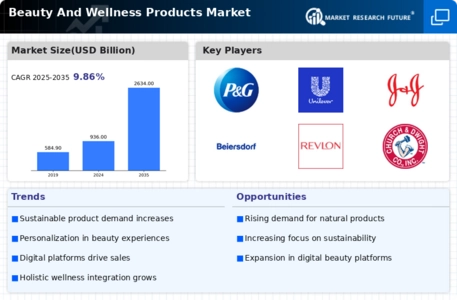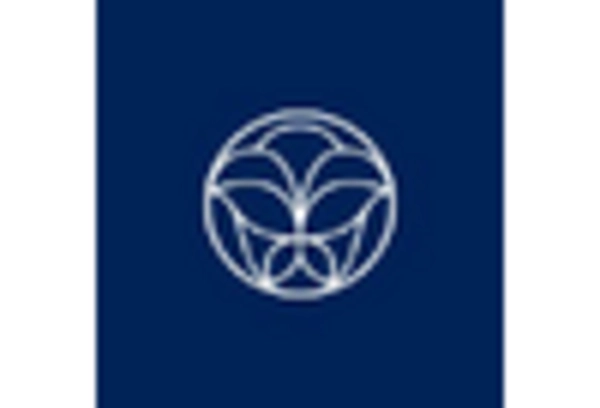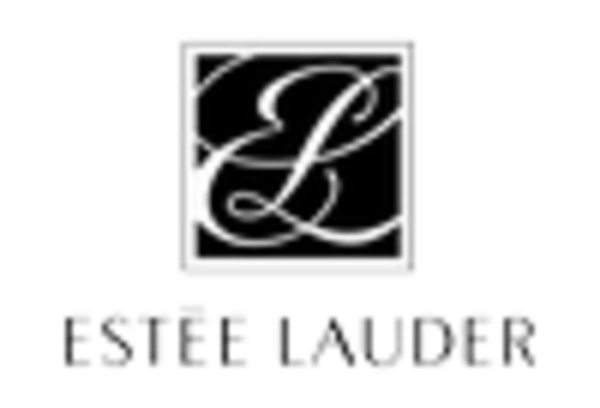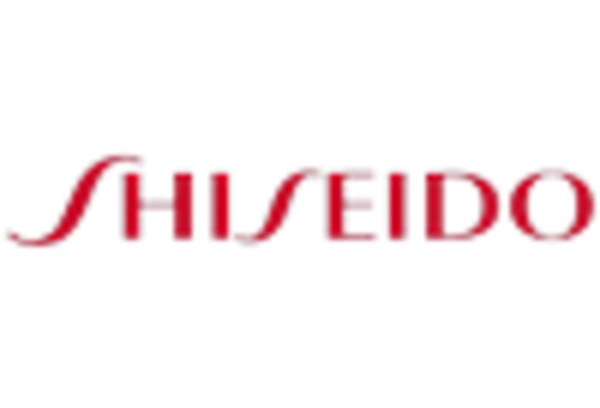Expansion of E-commerce and Online Retail
The Beauty And Wellness Products Market is experiencing a significant shift towards e-commerce and online retail channels. The convenience of online shopping, coupled with the ability to access a wider range of products, is driving consumers to prefer digital platforms over traditional retail. Recent statistics indicate that online sales in the beauty sector are expected to account for over 30% of total sales by 2026. This trend is further accelerated by advancements in logistics and delivery services, making it easier for consumers to receive products at their doorstep. As brands enhance their online presence and optimize user experiences, they are likely to capture a larger share of the market. The expansion of e-commerce is reshaping the competitive landscape of the Beauty And Wellness Products Market, presenting both challenges and opportunities for traditional retailers.
Rising Awareness of Mental Health and Wellness
The Beauty And Wellness Products Market is increasingly intersecting with the growing awareness of mental health and wellness. Consumers are seeking products that not only enhance physical appearance but also promote overall well-being. This trend is reflected in the rising popularity of self-care routines and wellness-oriented beauty products. Market data indicates that the wellness segment of the beauty industry is projected to grow by 15% in the coming years, as consumers prioritize holistic approaches to beauty. Brands are responding by developing products that incorporate aromatherapy, mindfulness, and stress-relief elements. This shift towards wellness-centric offerings may redefine consumer expectations and create new opportunities for innovation within the Beauty And Wellness Products Market.
Growing Demand for Natural and Organic Products
The Beauty And Wellness Products Market is witnessing a surge in demand for natural and organic products. Consumers are increasingly becoming aware of the ingredients in their beauty products, leading to a shift towards cleaner alternatives. This trend is supported by data indicating that the organic beauty market is expected to grow at a compound annual growth rate (CAGR) of approximately 10% over the next five years. The rise of health-conscious consumers, coupled with a desire for transparency in product sourcing, is driving brands to reformulate their offerings. As a result, companies are investing in sustainable sourcing and eco-friendly packaging to meet consumer expectations. This growing preference for natural ingredients not only enhances brand loyalty but also positions companies favorably within the competitive landscape of the Beauty And Wellness Products Market.
Influence of Social Media and Digital Marketing
The Beauty And Wellness Products Market is significantly influenced by social media and digital marketing strategies. Platforms such as Instagram and TikTok have become essential for brands to connect with consumers, particularly younger demographics. The rise of beauty influencers and user-generated content has transformed traditional marketing approaches, allowing brands to reach wider audiences effectively. Data suggests that nearly 70% of consumers are influenced by social media when making beauty purchases. This trend indicates that brands must adapt their marketing strategies to leverage social media effectively. As digital engagement continues to grow, companies that invest in innovative online campaigns are likely to see increased brand visibility and sales within the Beauty And Wellness Products Market.
Technological Advancements in Beauty and Wellness Products
The Beauty And Wellness Products Market is experiencing a notable transformation due to technological advancements. Innovations such as augmented reality (AR) and artificial intelligence (AI) are enhancing consumer experiences, allowing for virtual try-ons and personalized product recommendations. This integration of technology is not only improving customer engagement but also driving sales. According to recent data, the use of AI in beauty applications is projected to grow significantly, with a potential increase in market share by 20% over the next few years. Furthermore, advancements in product formulation, such as the development of smart skincare, are likely to attract tech-savvy consumers, thereby expanding the market. As these technologies continue to evolve, they may redefine consumer expectations and preferences within the Beauty And Wellness Products Market.


















Leave a Comment